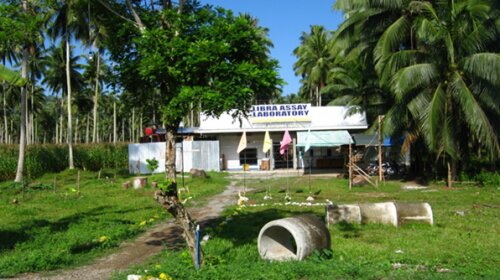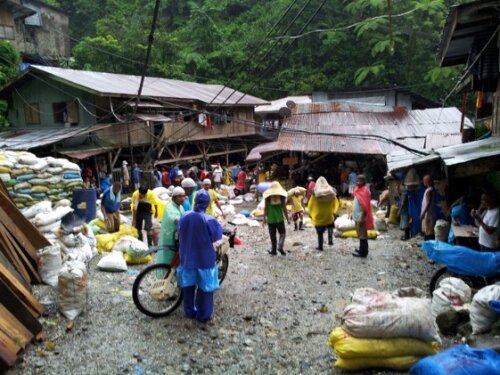From cyanide revolution to digital revolution
Throughout the history of gold mining, technological innovation have allowed miners to increase value-to-volume ratios, and to target deposits that were previously deemed unprofitable. These technological innovations are not limited to mining, but are also evident in exploration and processing. Moreover, contrary to images of ASGM as a low-tech, rudimentary activity, innovations are by no means limited to the industrial mining sector.
In industrial gold mining, increasingly sophisticated exploration methods that use remote sensing and sattelite imaging enable the detection of hidden mineralization at ever-increasing depths. In ASGM, which typically conveys images of people panning in rivers and creeks, we are also seeing innovations in processing techniques, like the use of metal detectors in Zimbabwe, or a reliance on assay (mineral content) analysis performed in laboratories like the one depicted in the image below.

Since the 1970s, the gold mining industry as a whole has witnessed a shift from more labor-intensive underground mining activities, to more capital-intensive, high-tonnage, and ultra-mechanized open-pit mining. Yet there are indications that this trend is set to reverse, amongst others due to an impending digital revolution that would enable environmentally and socially secure and affordable underground mining. In ASGM as well, there is growing evidence of a trend towards more advanced activities that target increasingly complex deposits. These more advanced ASGM-activities (such as the Philippine gold mine depicted in the picture below) often rely on outside investors, and make increased use of modern technologies like excavators, automatic drills, and water pumps.

Finally, and arguably most importantly, the advent of cyanide processing has profoundly altered the fate and the face of global gold mining. Cyanidation laid the basis for the industrial revolution that swept South African gold mining at the end of the nineteenth century, and also played an important role in enabling the global expansion of industrial mining in recent decades. And while ASGM remains primarily associated with (the detrimental social and environmental impacts of) mercury use, there is mounting evidence of a similar 'cyanide revolution' in places like Indonesia, the Philippines, and Burkina Faso. The dramatically improved recovery rates of cyanide processing are playing a key role in the transformation of ASGM in these (and probably in other) countries.




